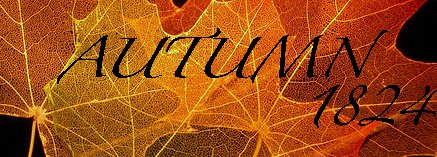Hi Beka
How are you?
HAPPY EID :D I hope well, im sorry for sending this late, but i couldn't send it before.here's my presentaion in words, as i couldn't record it.
My topic is about art, and as you can all see.I have done a research about 3 artists, Jackson Pollock, whom was was an influential American painter and a major force in the abstract expressionist movement. Pollock was introduced to the use of liquid paint in 1936, at an experimental workshop operated in New York City by the Mexican muralist David Alfaro Siqueiros. He later used paint pouring as one of several techniques in canvases of the early 1940s, such as "Male and Female" and "Composition with Pouring I." After his move to Springs, he began painting with his canvases laid out on the studio floor, and developed what was later called his "drip" technique. The drip technique required paint with a fluid viscosity so Pollock turned to then new synthetic resin-based paints, called alkyd enamels. Pollock described this use of household paints, instead of artist's paints, as "a natural growth out of a need". He used hardened brushes, sticks and even basting syringes as paint applicators. Pollock's technique of pouring and dripping paint is thought to be one of the origins of the term action painting. With this technique, Pollock was able to achieve a more immediate means of creating art, the paint now literally flowing from his chosen tool onto the canvas. By defying the conventional way of painting on an upright surface, he added a new dimension, literally, by being able to view and apply paint to his canvases from all directions.
And I have done a research about Picasso as well, was an Andalusian-Spanish painter, draughtsman, and sculptor. As one of the most recognized figures in twentieth-century art, he is best known for co-founding the Cubist movement and for the wide variety of styles embodied in his work. Among his most famous works are the proto-Cubist Les Demoiselles d'Avignon (1907) and his depiction of the German bombing of Guernica during the Spanish Civil War, Guernica (1937). Picasso's work is often categorized into periods. While the names of many of his later periods are debated, the most commonly accepted periods in his work are the Blue Period (1901–1904), the Rose Period (1905–1907), the African-influenced Period (1908–1909), Analytic Cubism (1909–1912), and Synthetic Cubism (1912–1919). In 1939–40 the Museum of Modern Art in New York City, under its director Alfred Barr, a Picasso enthusiast, held a major and highly successful retrospective of his principal works up until that time. This exhibition lionized the artist, brought into full public view in America the scope of his artistry, and resulted in a reinterpretation of his work by contemporary art historians and scholars.
And my last research was about Marcel Duchamp whom was a French artist whose work is most often associated with the Dadaist and Surrealist movements. Duchamp's output influenced the development of post-World War I Western art. He advised modern art collectors, such as Peggy Guggenheim and other prominent figures, thereby helping to shape the tastes of Western art during this period. A playful man, Duchamp prodded thought about artistic processes and art marketing, not so much with words, but with actions such as dubbing a urinal "art" and naming it Fountain. He produced relatively few artworks as he quickly moved through the avant-garde rhythms of his time. Duchamp's early art works align with Post-Impressionist styles. He experimented with classical techniques and subjects, as well as Cubism and Fauvism. When he was later asked about what influenced him at the time, Duchamp cited the work of Symbolist painter Odilon Redon, whose approach to art was not outwardly anti-academic, but quietly individual.
-- Fatima
Monday, 8 December 2008
Subscribe to:
Post Comments (Atom)

No comments:
Post a Comment